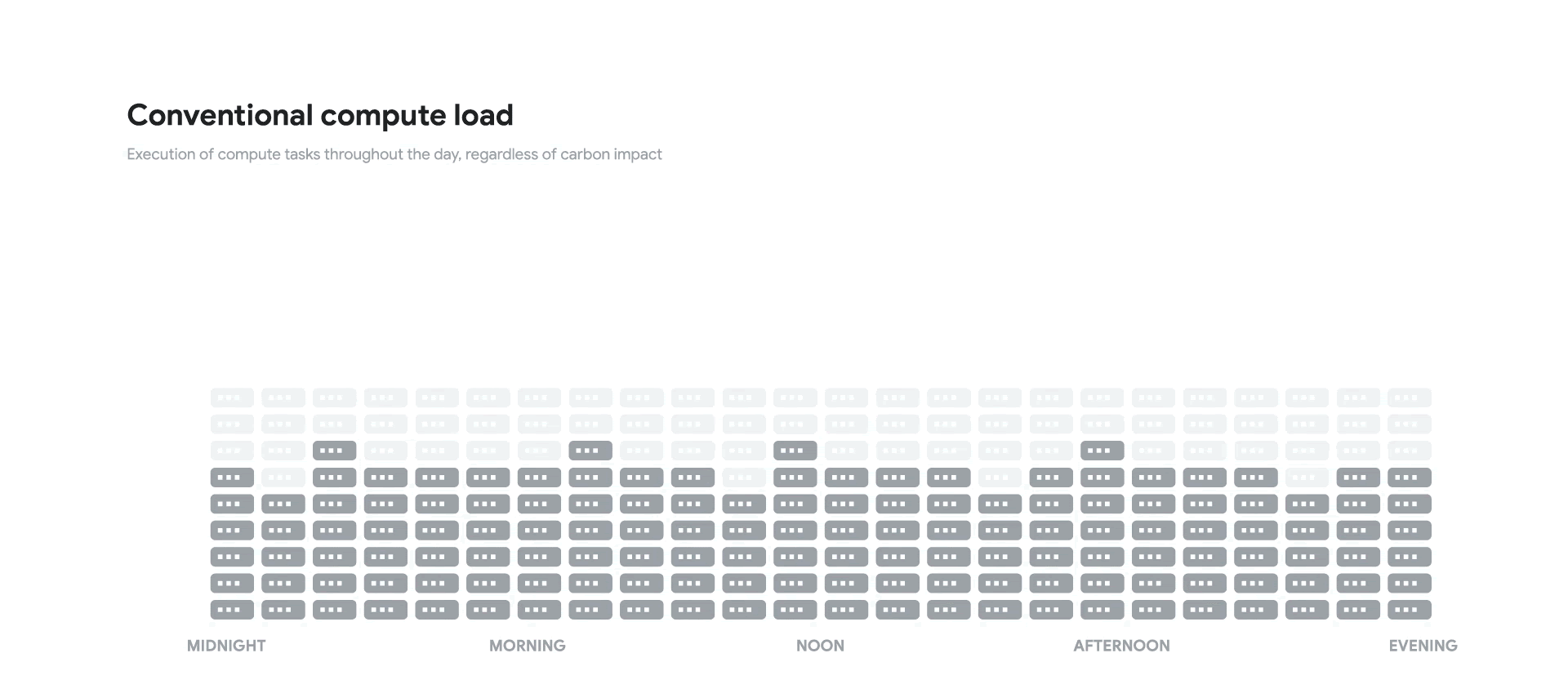AT&T gave a first look into how the pay TV business is faring amid the coronavirus pandemic…and it’s not great. The company reported today as a part of its Q1 2020 earnings that its traditional pay TV services, including DIRECTV and its newer streaming option AT&T TV, saw a combined net loss of 897,000 subscribers in the quarter. Meanwhile, its over-the-top streaming service, AT&T TV Now, also lost 138,000 subscribers, following a number of price hikes.
The company’s newer pay TV service, AT&T TV, only just became available nationwide in March. But despite its “streaming” nature — it ships with an Android TV-powered box to deliver TV over the internet — consumers may have already caught on to the fact that it’s still just the worst of pay TV wrapped up in a new delivery mechanism.
The streaming service is expensive compared with today’s over-the-top and video-on-demand options. It’s also laden with fees for things like activation, early termination and additional set-top boxes. And its bundle with AT&T Internet offers each service for $39.99/month for the first 12 months, but ties subscribers into 2-year contracts where prices climb in the second year.
AT&T’s Q1 TV subscriber numbers indicate how quickly the pay TV market is imploding. And perhaps it will decline even more rapidly now that people no longer want to risk coronavirus exposure by having service techs install equipment in their homes. While AT&T TV’s DIY installation may help in that area, it’s unclear if the new service will ever broadly appeal to consumers in the streaming era.
AT&T ended the quarter with 18.6 million pay TV subscribers, down from 19.5 million in Q4 when it lost 945,000 subscribers.
This all puts much more pressure on WarnerMedia to deliver with its May 27th launch of HBO Max. The new direct-to-consumer streaming service promises all of HBO, plus original content, and a library of movies, classic TV and film, fan favorites, and more. But at only $14.99 per month, it won’t be able to replace the lost revenue from high-priced pay TV subscriptions — only offset it.
AT&T also today admitted how the coronavirus outbreak has forced it to rethink its theatrical model.
Just yesterday, WarnerMedia announced the new kids movie “Scoob!” would skip theaters and head straight into homes, where it will be offered at either a $19.99 rental or $24.99 digital purchase. It will later have its “exclusive streaming premiere” on HBO Max.
“We’re rethinking our theatrical model and looking for ways to accelerate efforts that are consistent with the rapid changes in consumer behavior from the pandemic,” said WarnerMedia CEO and AT&T COO John Stankey, as reported by The Wrap.
“When theaters are closed, it’s hard to generate revenue,” he said. “And I don’t expect that’s going to be a snapback. I think that’s going to be something we’re going to have to watch the formation of consumer confidence, not just about going to movies, just in general about being back out in public and understanding what’s occurring there,” Stankey noted.
Overall, AT&T missed on both revenue and earnings in Q1, largely citing impacts from the coronavirus outbreak which reduced earnings by 5 cents per share ($433 million). Total revenue in the quarter was $42.8 billion, short of Wall St. estimates of $44.2 billion. Adjusted EPS was 84 cents per share, versus an expected 85 cents.
A $600 million decline in revenue was attributed to lost ad sales, specifically those that were expected from now-postponed live sports events like March Madness, as well as lower wireless equipment sales.
AT&T’s WarnerMedia division — which includes HBO and Turner broadcast networks in addition to Warner Bros. theatrical releases — was heavily impacted by the pandemic, as well, reporting $7.4 billion in revenue, down from $8.4 billion a year earlier.
“The COVID pandemic had a 5 cents per share impact on our first quarter. Without it, the quarter was about what we expected — strong wireless numbers that covered the HBO Max investment, and produced stable EBITDA and EBITDA margins,” said Randall Stephenson, AT&T Chairman and CEO, in a statement. “We have a strong cash position, a strong balance sheet, and our core businesses are solid and continue to generate good free cash flow — even in today’s environment. In light of the pandemic’s economic impact, we’ve already adjusted our capital allocation plans and suspended all share retirements,” he added.
The company said it will continue investing in 5G and broadband, two of its only bright spots in the quarter, in addition to investments in HBO Max.
AT&T withdrew its financial guidance due to the “lack of visibility related to COVID-19 pandemic and recovery,” it said.




